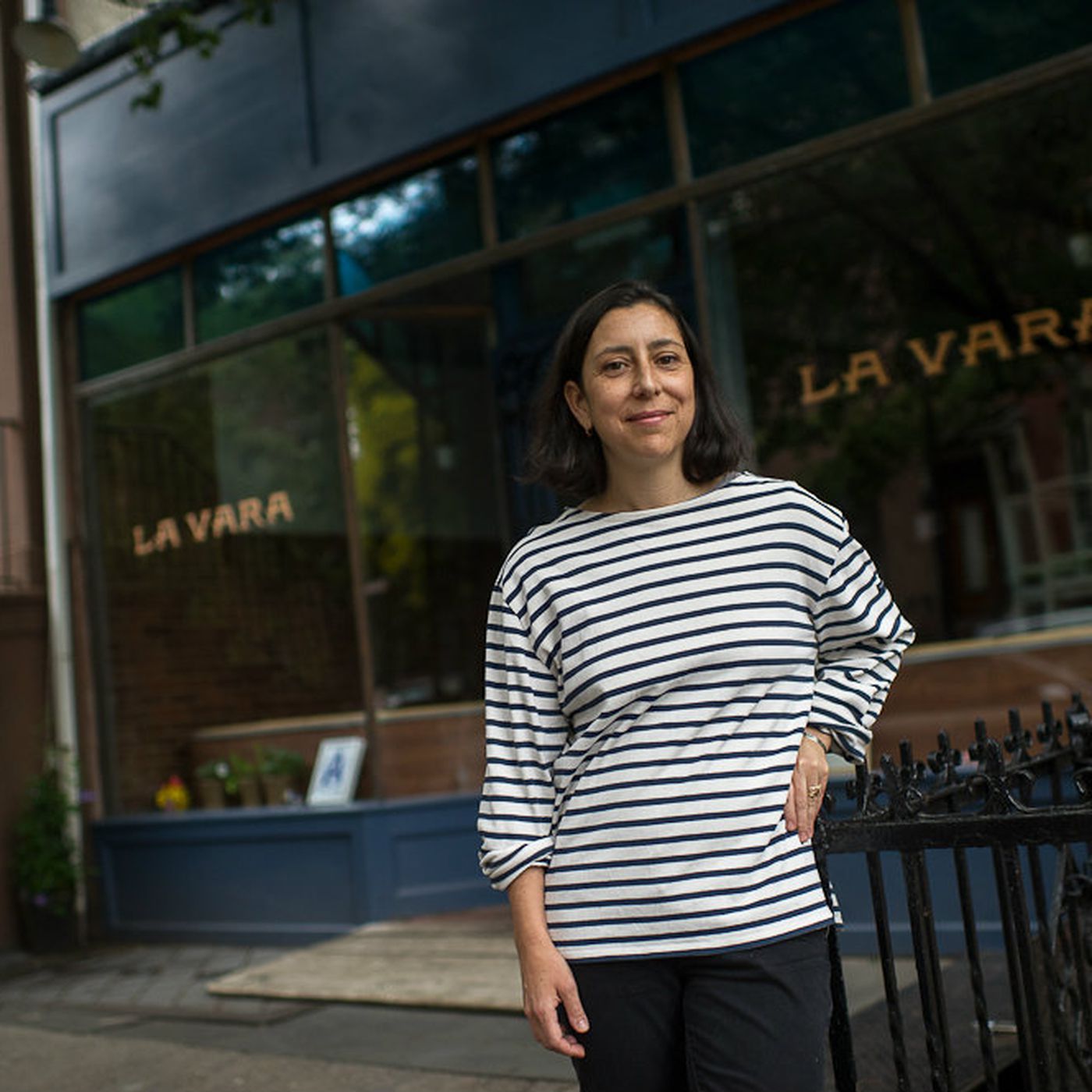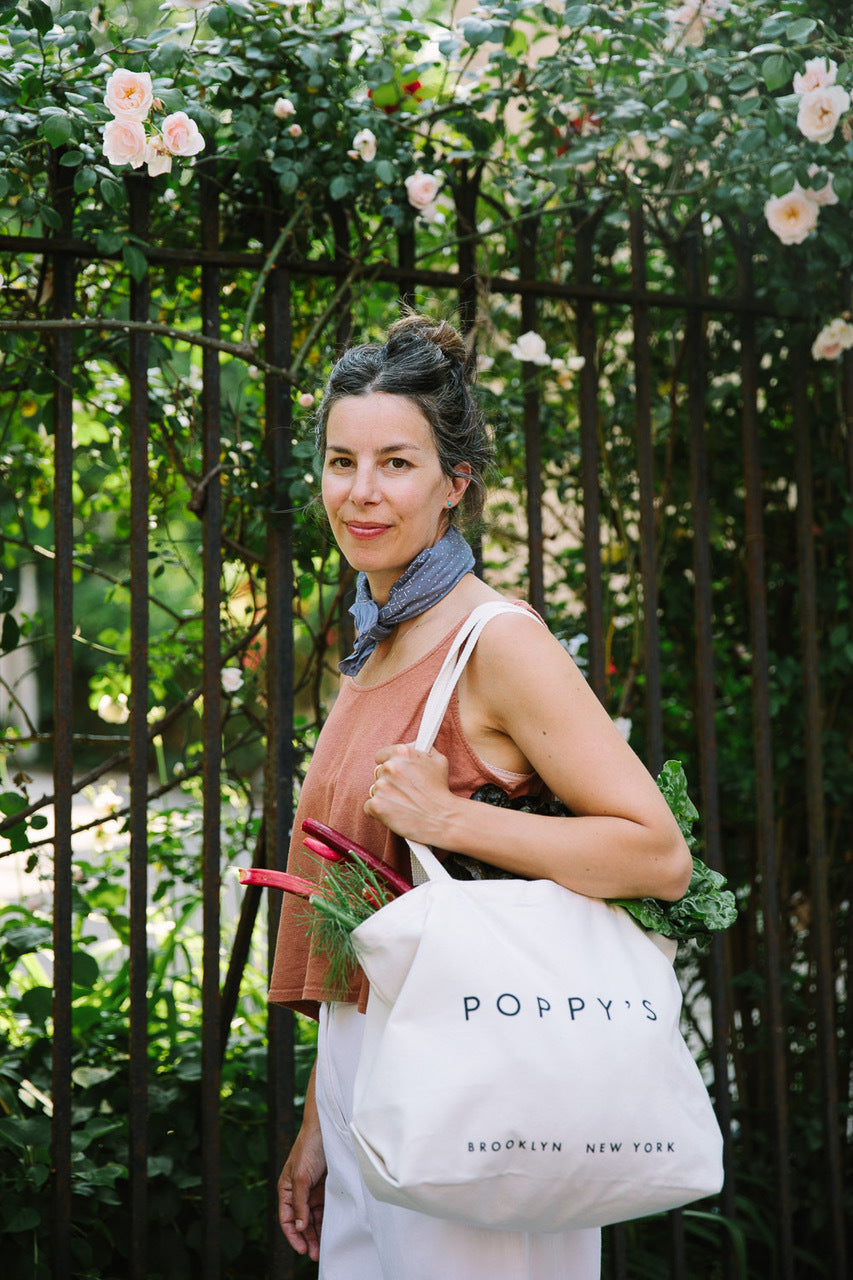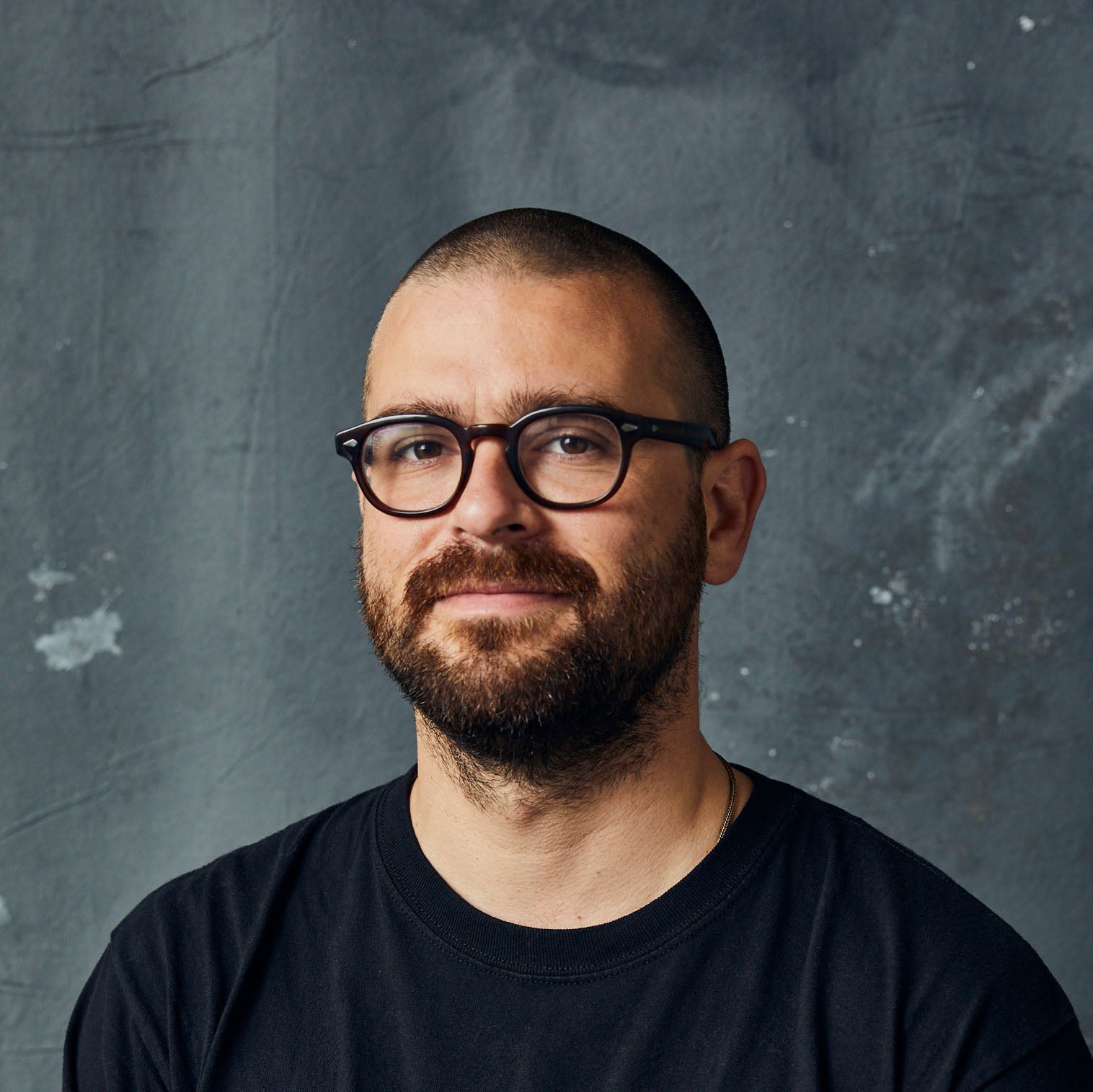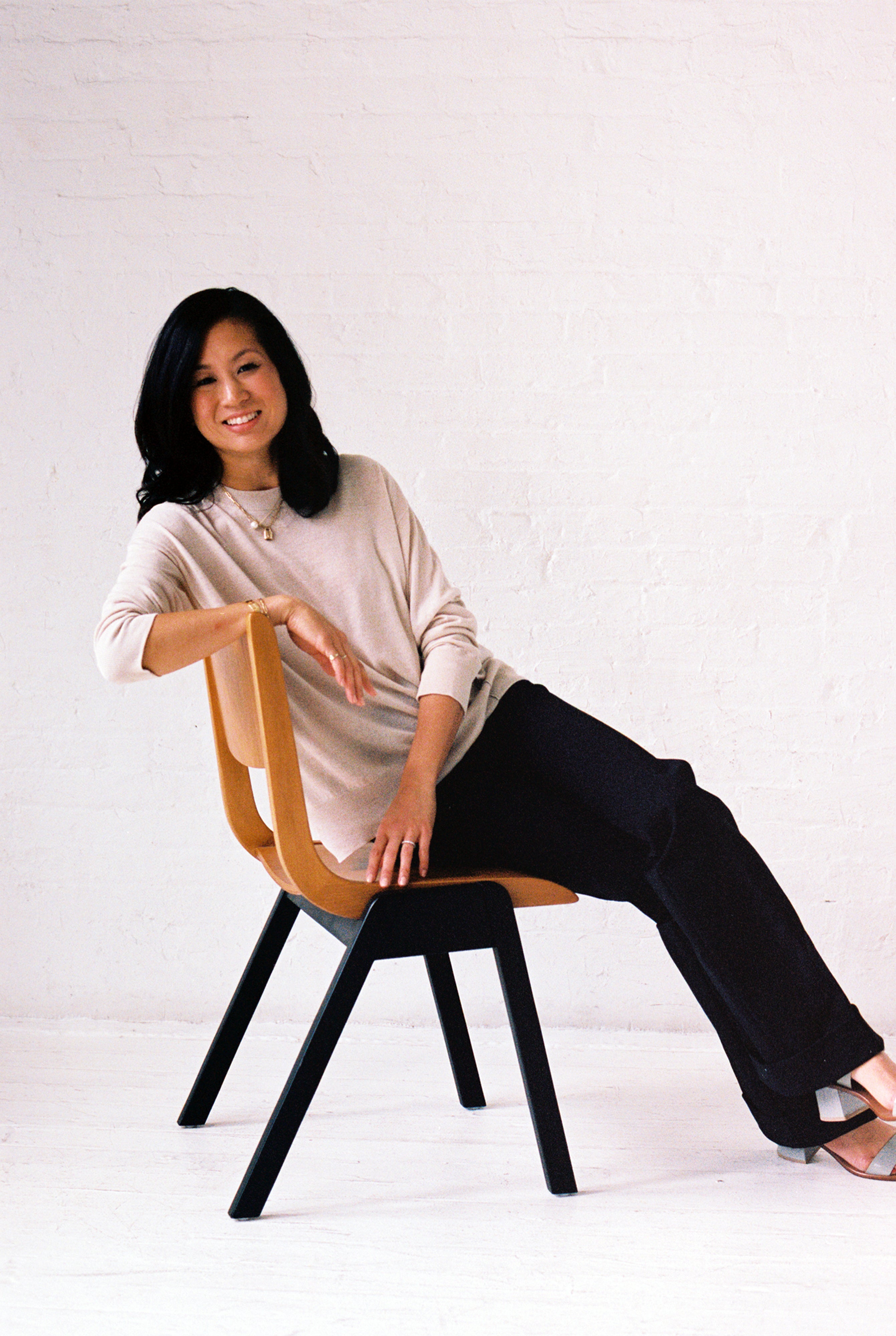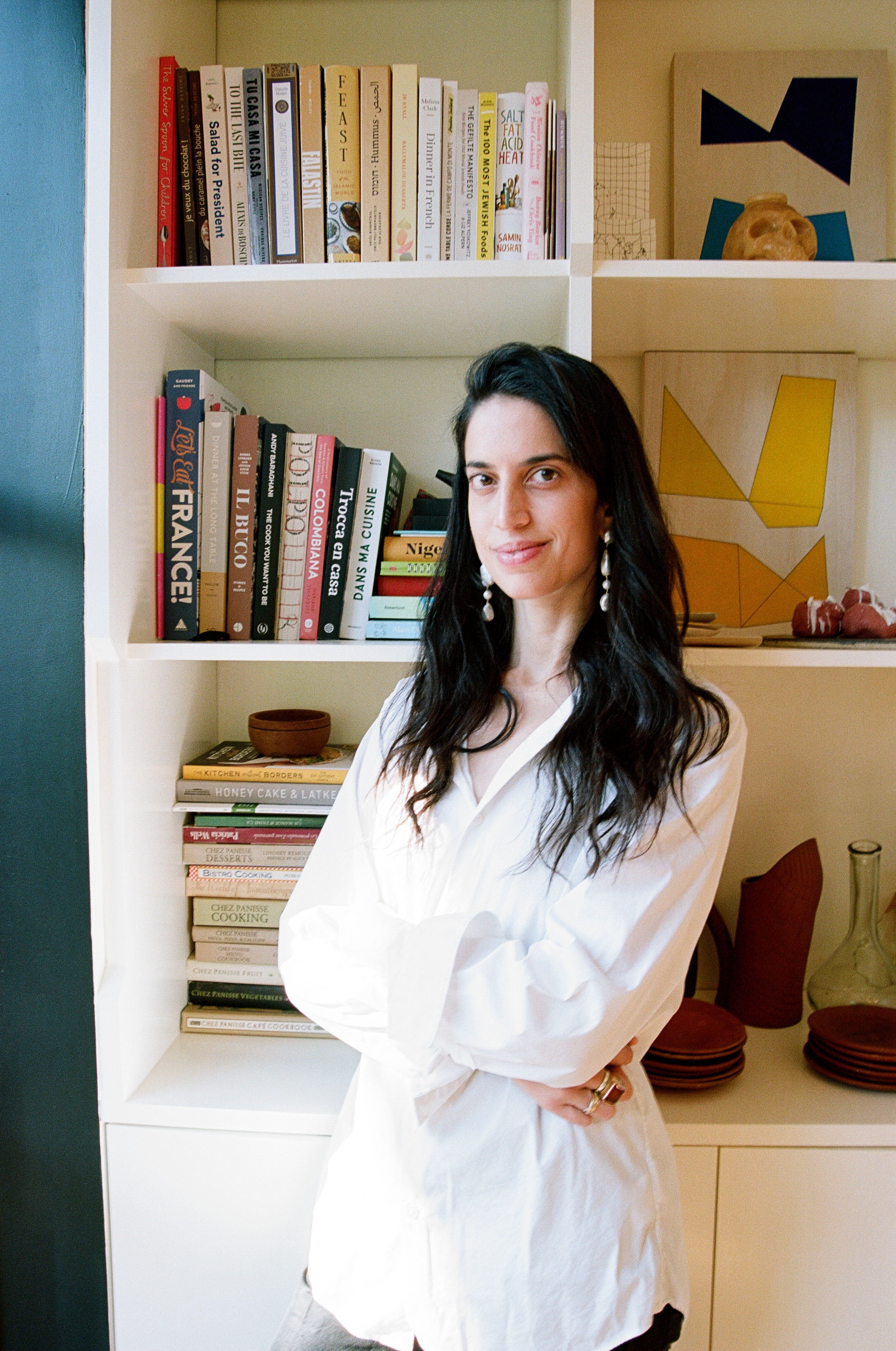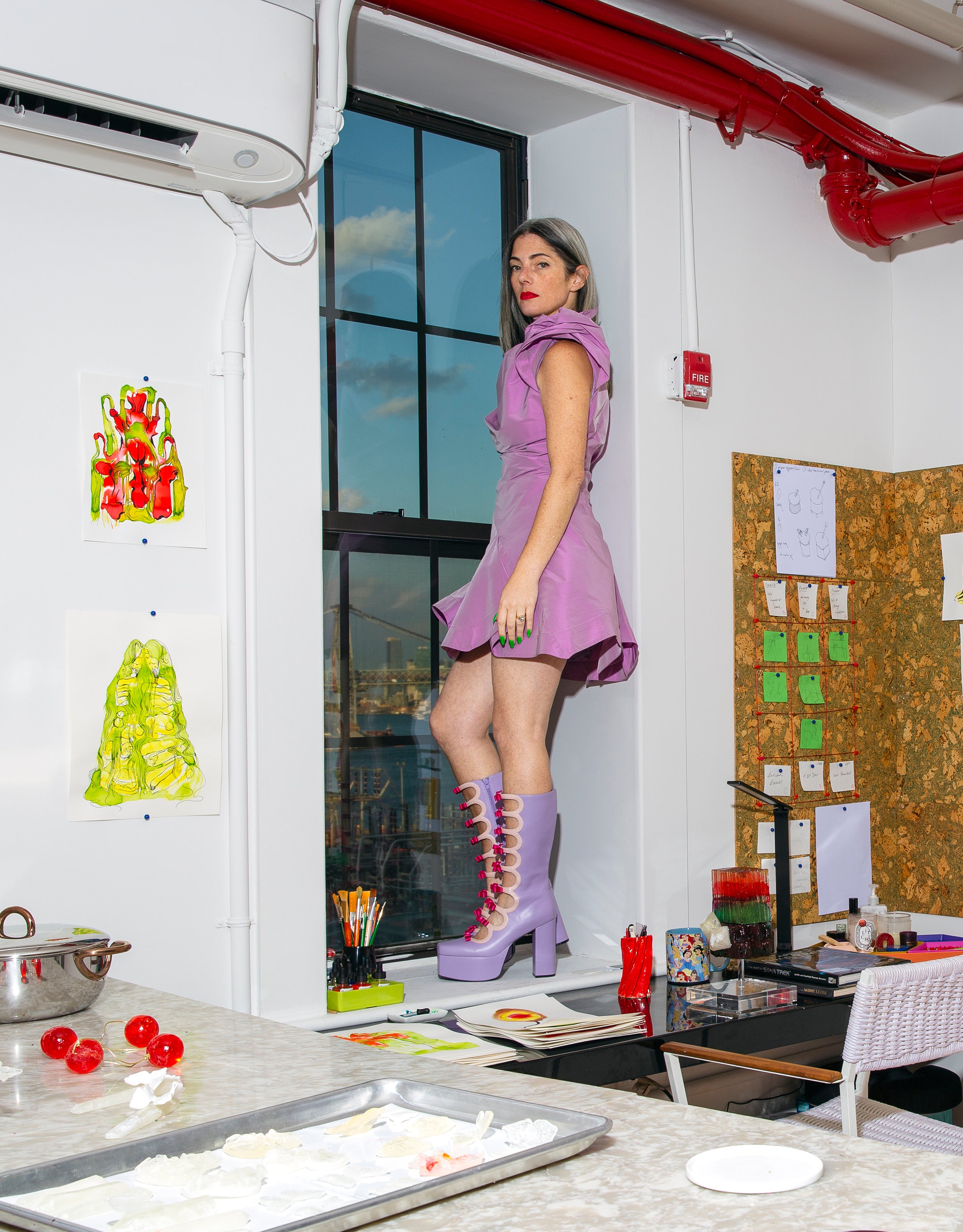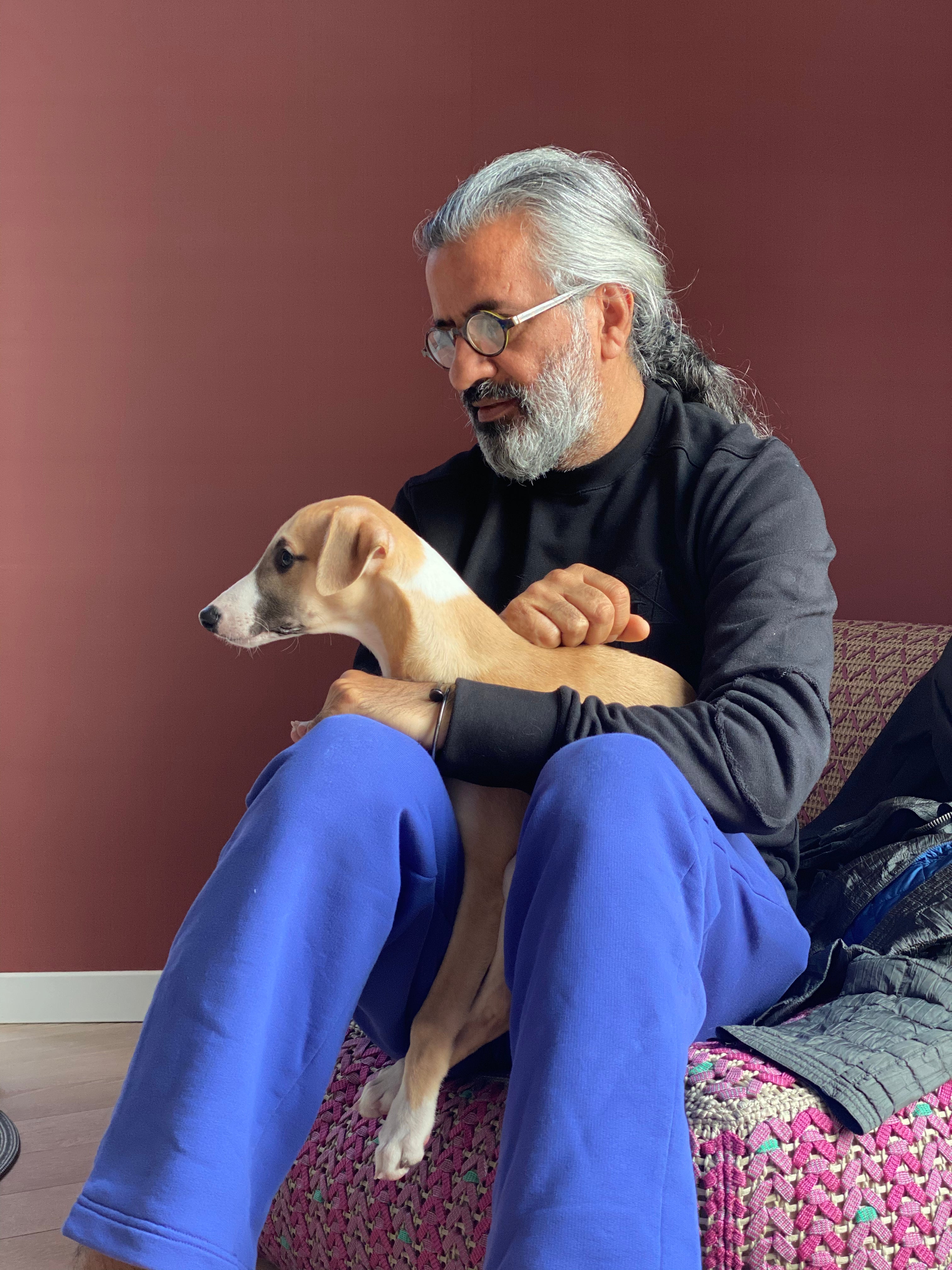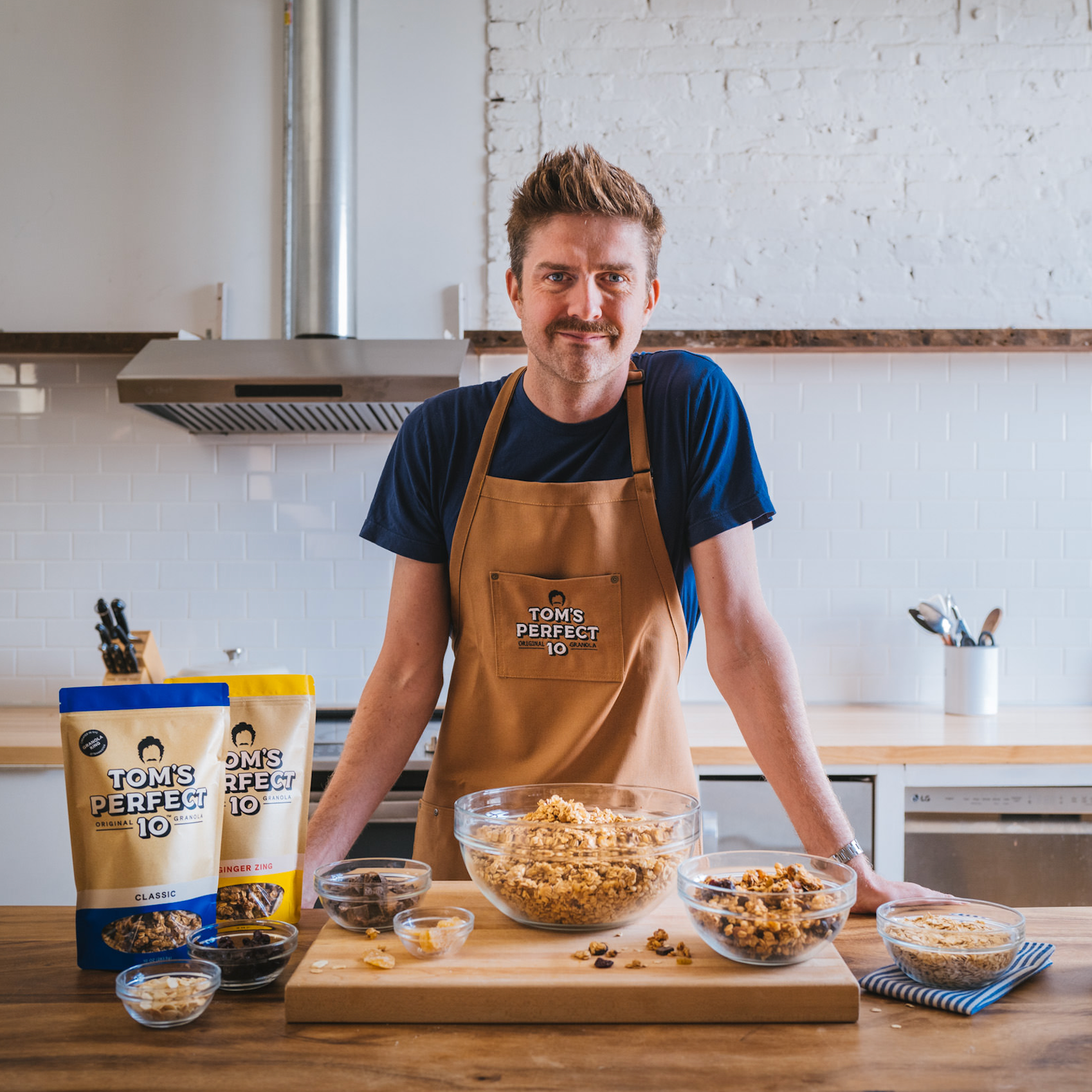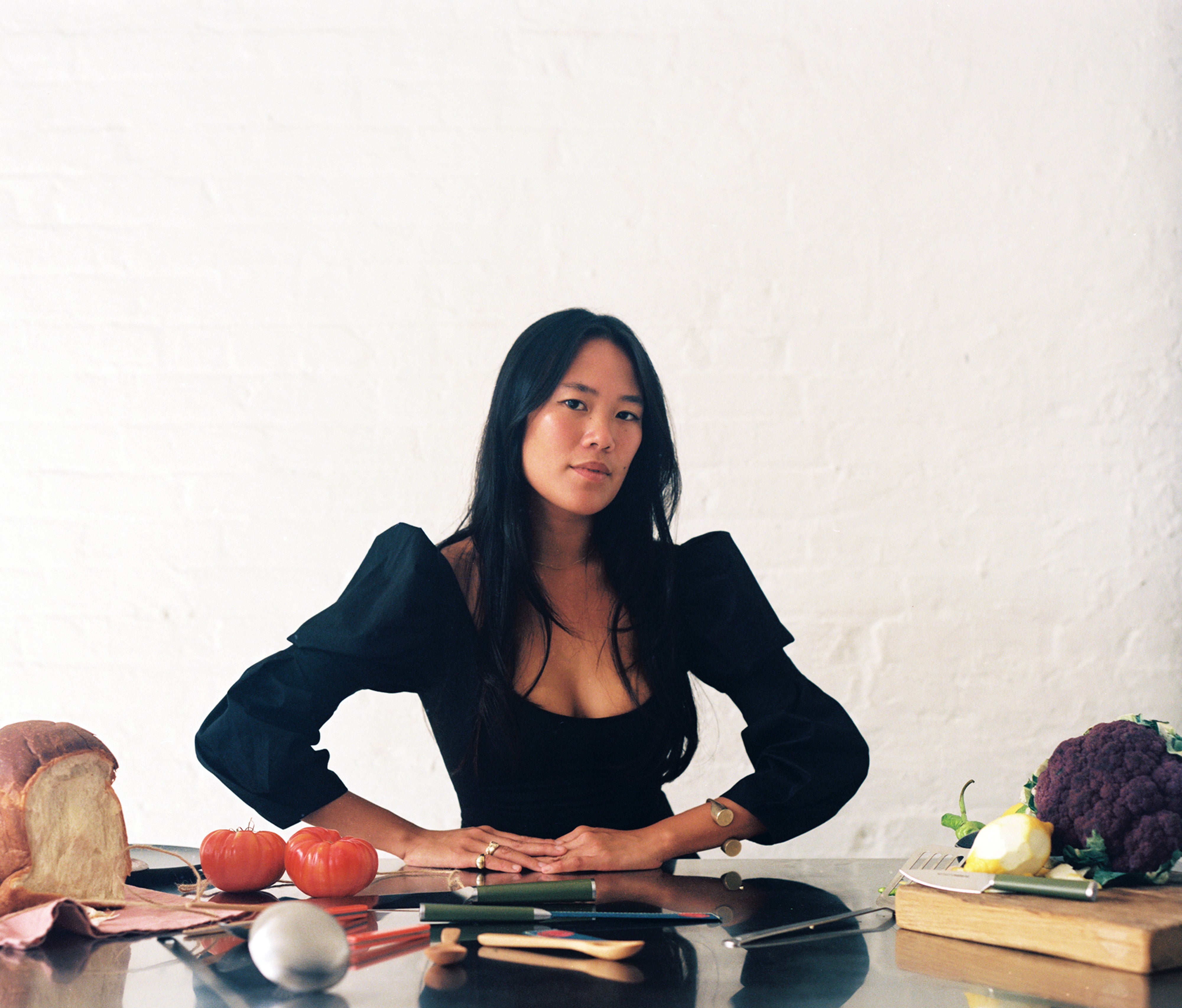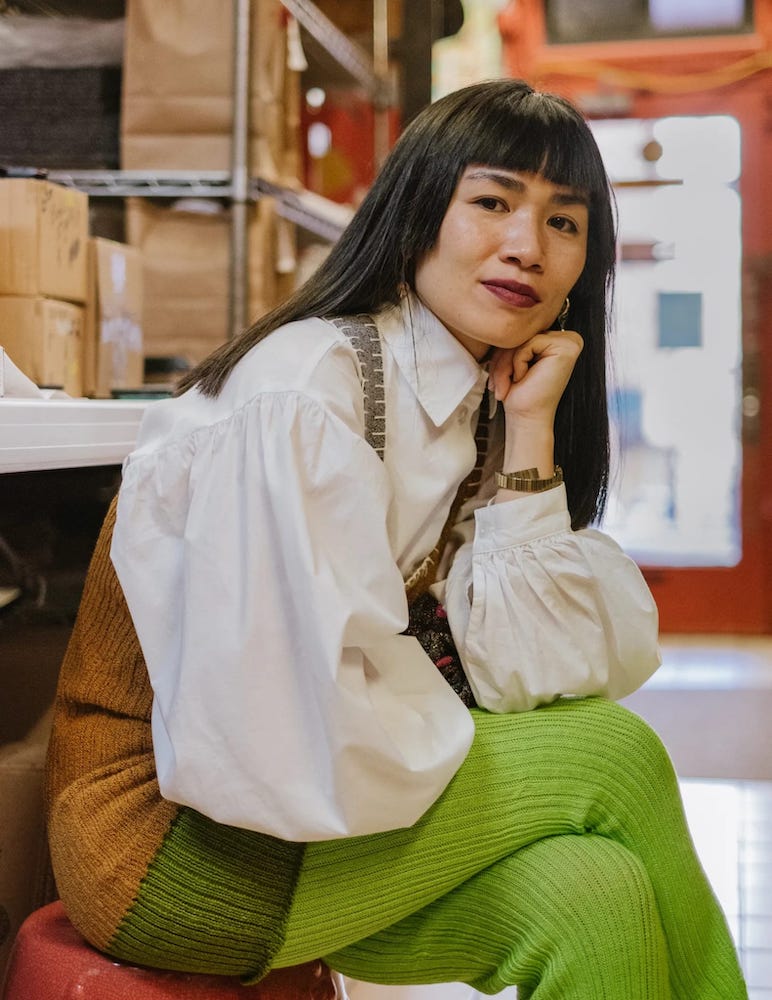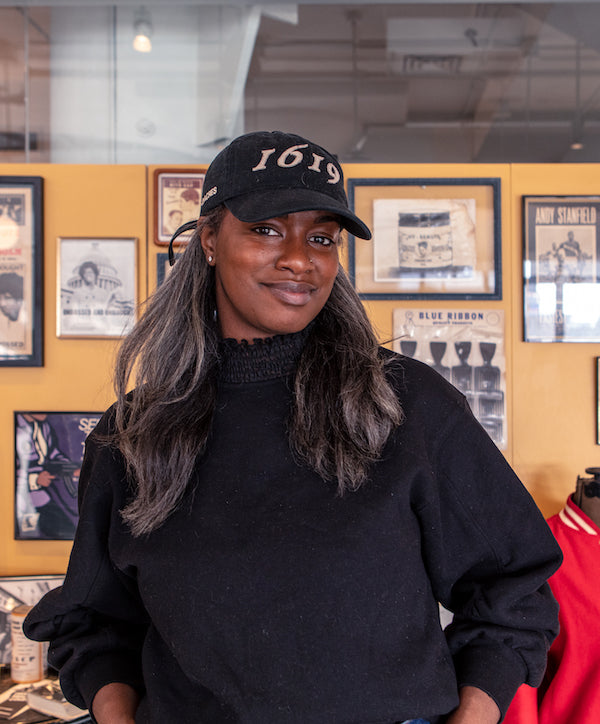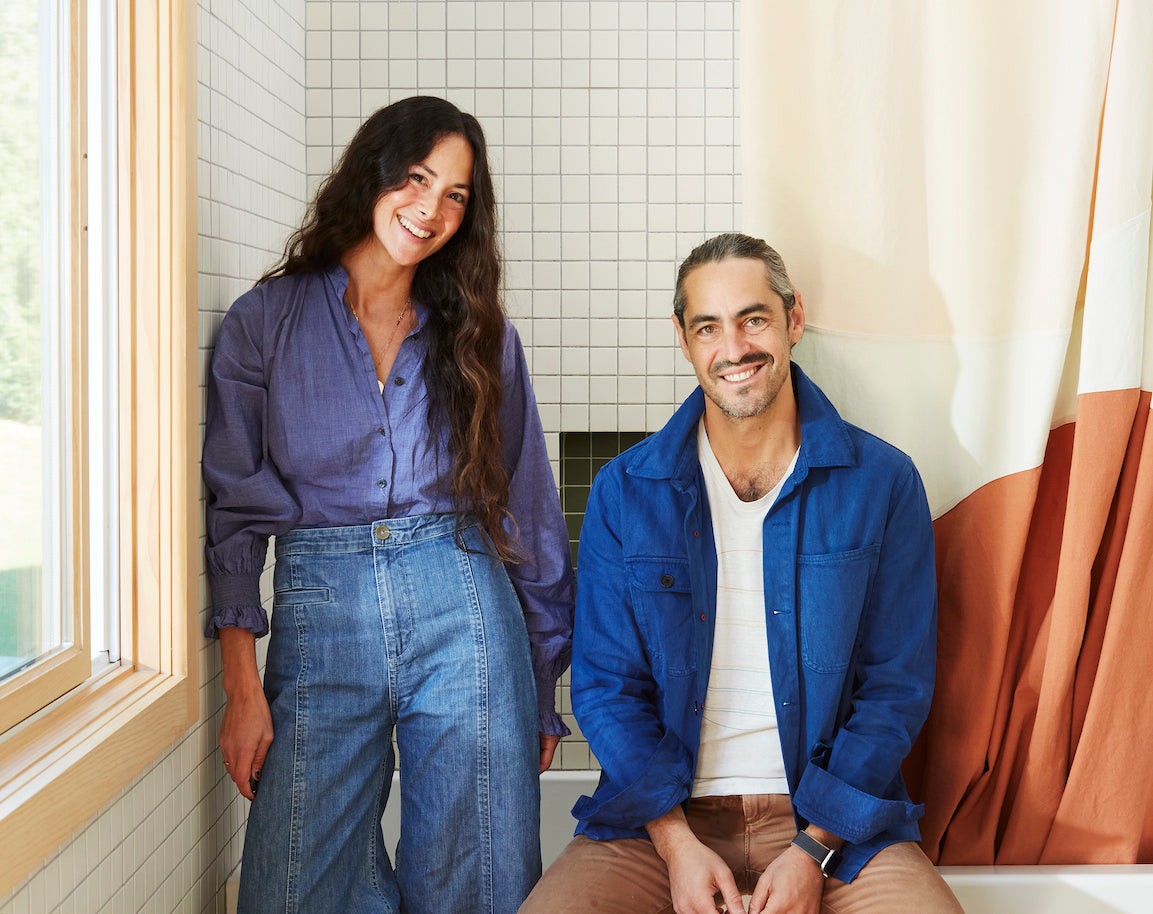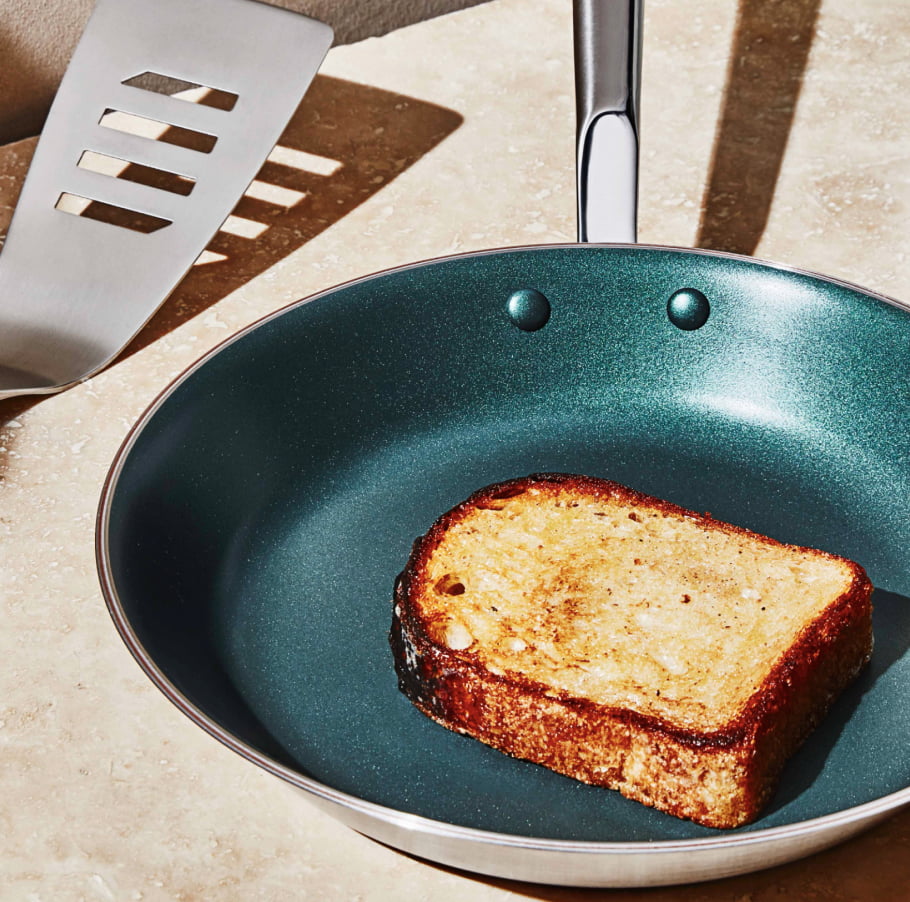What's the most important item in your home? In our series Material Object, we explore that very question, asking some of our favorite people which of their possessions connect them to their past, to their family and to themselves.
Behzad Jamshidi is a chef, artist and founder of Moosh Labs, a New York-based food anthropology lab. Below, he shares the story behind his porcelain tile from Napoli.
A few years ago, I was staying at a friend’s farmhouse in the hills above Napoli. I was traveling alone, which is unusual, since often my studio partner and I travel together. I had a lot of time to think, to wander, to cook, to take in the beauty. All around the property grew grape vines. A chicken coop occupied a small corner of the land. A garden full of tomatoes, zucchini, eggplants, and basil offered itself up for meals every day. I cooked a lot, in an unhurried way that was so different from how I had been trained to cook in restaurants.

One day, while exploring the property, I came upon an ancient-looking dilapidated house. It seemed to me at the time that it had survived from the Roman Empire. I wandered through the ruins, gazing at the hearth and the rubble of the kitchen. I saw there a beautiful porcelain tile, a white background with a blue and yellow geometric pattern.
"When I left Napoli, the tile and I made our way to Portugal then to Copenhagen then to Berlin and finally back home to New York. At every stop, I cooked and gathered a community around the table and on that table was this tile."
That tile became a sort of coaster, and a companion, for me during my stay. On top of it I’d place a bowl of homemade pasta puttanesca with eggplants from the garden, stuffed grape leaves I had spent the day preparing, and more. The sun setting, the birds singing, I cooked and ate in a way that was tied closely to the land and to the history of the land. I began to think of how food can be diplomacy, from the pasta brought to Sicily by Arab traders, from tempura traveling from Portugal to Japan, from omelettes made by Mughals and Muslims that now we eat in Iran. This tile, with its simple geometric pattern, was literally the platform on which this realization occurred.
When I left Napoli, the tile and I made our way to Portugal then to Copenhagen then to Berlin and finally back home to New York. At every stop, I cooked and gathered a community around the table and on that table was this tile. Now it never leaves my kitchen at home. It has become a dinner bell of sorts. When the tile hits the tabletop, everyone who hears it knows they have 30 seconds to assemble, set the table, grab forks, napkins. The cheese is about to go on the pasta; it’s time for mangia.





